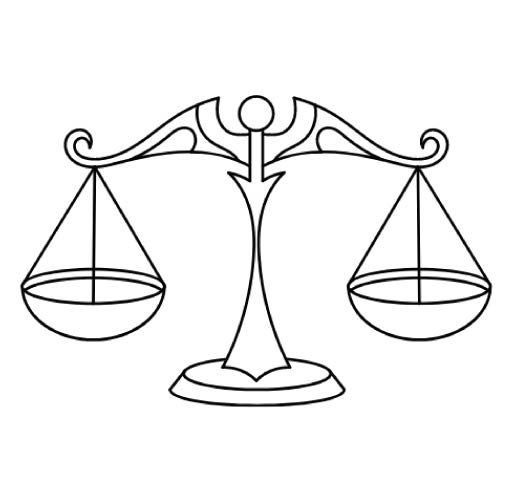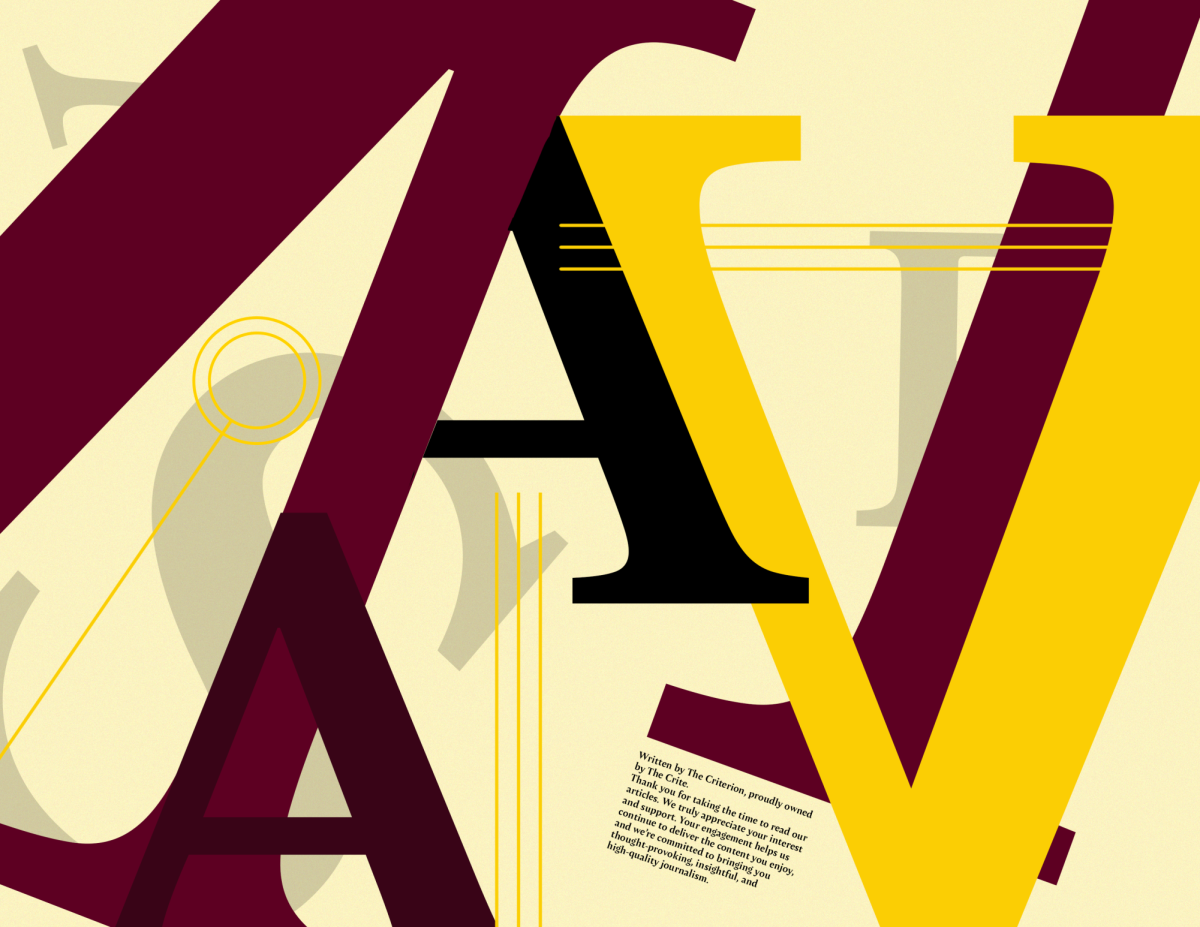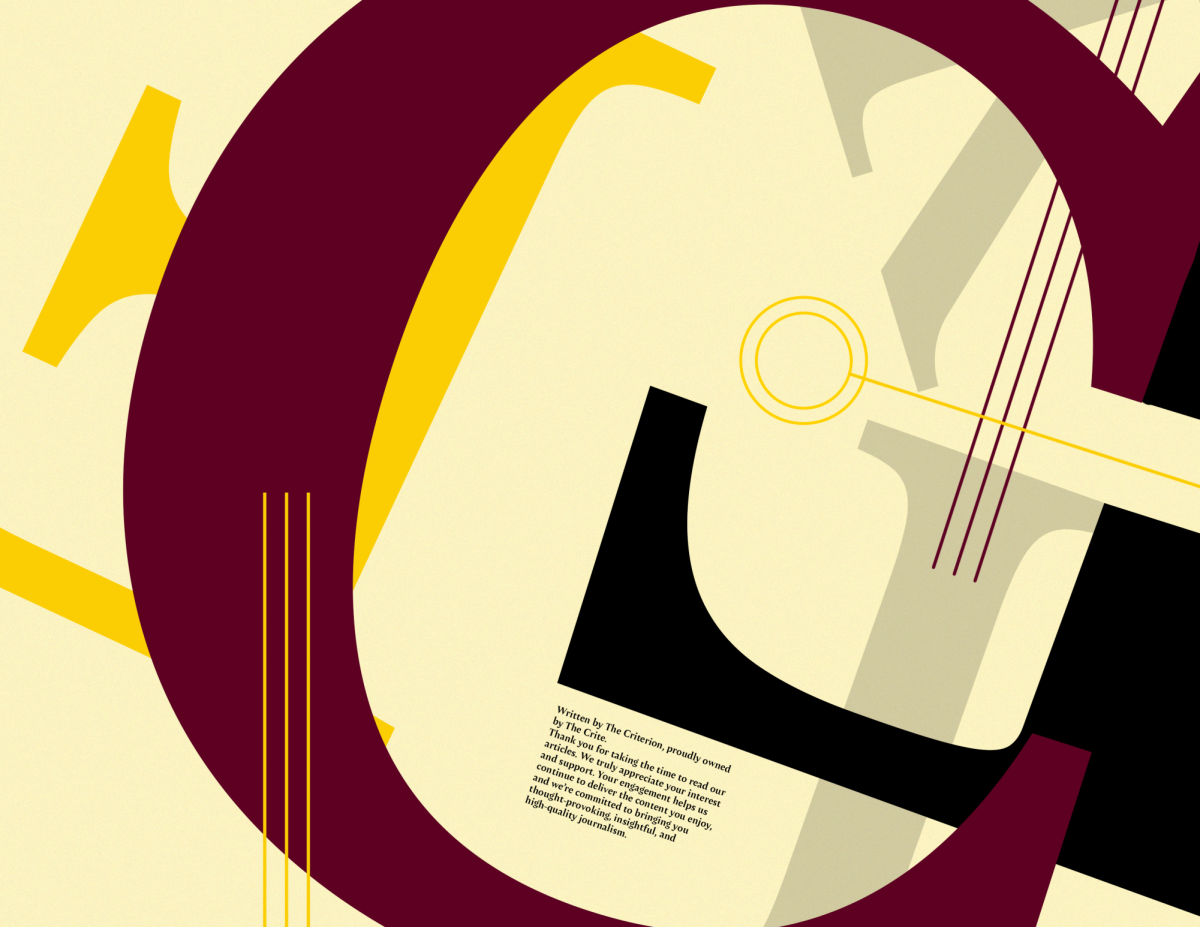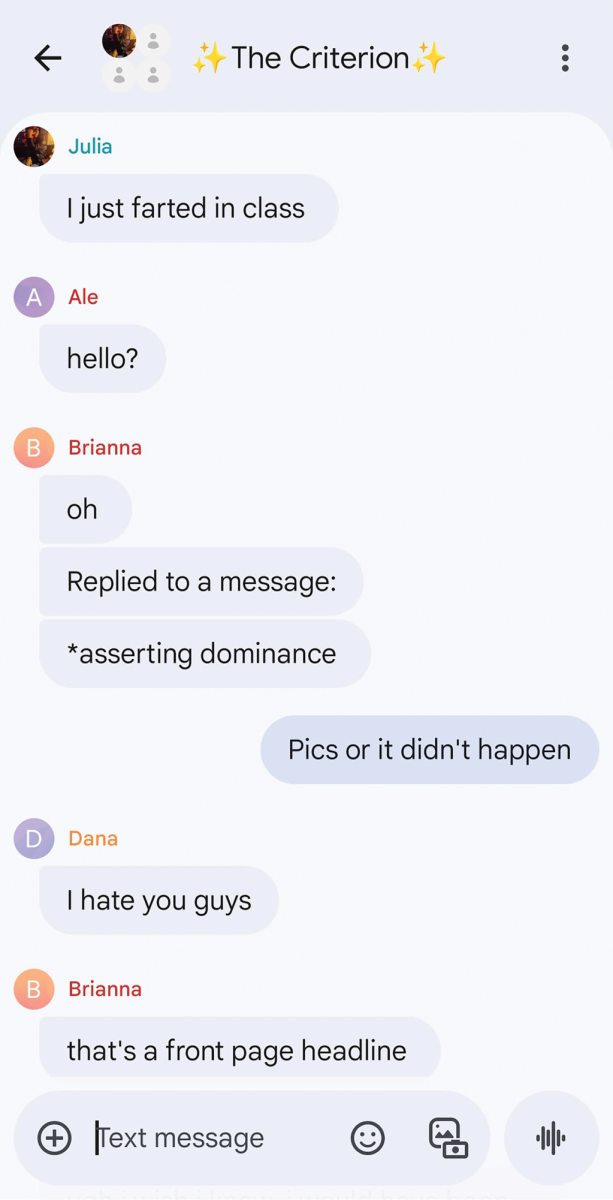Perhaps you were able to skimp by jotting just a few words down on sticky notes in high school, but now that college has rolled around, the game has changed. If taking notes and studying is not your forte, passing even the easiest classes can be a hassle.
I promise, when you’re up to your eyeballs in assignments, midterms, group projects, study sessions, work and anything else that could be coming up, it’s better to already have the study and note skills. C’s may get degrees, but C’s don’t always get the job.
My recommendation? Get real cozy with a design called Cornell Notes. This is a two-column note taking format that uses the left column for key points and the right column for sub-points. It makes it easier for studying because instead of having to read through all your notes, you can skim through to find the key ideas that point to the information you need. Each set of notes has a space at the bottom where you can summarize everything. At the top is where you can list the class/date/lecture, etc.
I’m sure everyone’s heard that physically writing notes is much more beneficial for your memory than typing notes. It can be better to write notes of course, but sometimes when you find yourself in bigger lecture classes, it might be a little easier to type your notes as opposed to writing them. Don’t be the guy who holds up the class because you can’t write fast enough.
Typing is more rapid and it holds a lot of other benefits, too. First, you can use Google documents or Google spreadsheets. Personally, I prefer spreadsheets, mostly just because you don’t have to have multiple documents for each lecture. You can just have one big document and add on sheets as needed to divide your notes into sections. Also, the cells and columns are already set up so you don’t have to worry about adding tables or anything.
Google is more efficient than programs like Microsoft Office because it saves automatically to your drive; you’ll never be scrambling to find those notes from three weeks ago. You’ll never have to worry about them getting lost/deleted, because they always back up. So, even if your computer crashes halfway through making that big presentation, you’re safe.
Online, you can also add hyperlinks, insert graphics and color code, bold and italicize much easier than you can on physical paper. Not to mention, online notes give you the benefit of a snazzy little shortcut (control>F) that allows you to keyword search any online document or website. It’s an actually lifesaver sometimes.
Plus, if you’re someone who absolutely needs to be away from a computer in order to study efficiently, you can always print them out. Just a piece of advice from a friendly law-school bound peer. Remember, at the end of the day, your notes are designed for YOU. Maybe you record your lectures and listen to them later, maybe you draw pictures and graphic organizers, maybe you’ve created a song and a dance to help you learn. Whatever you choose to do, make it good and stick with it.








